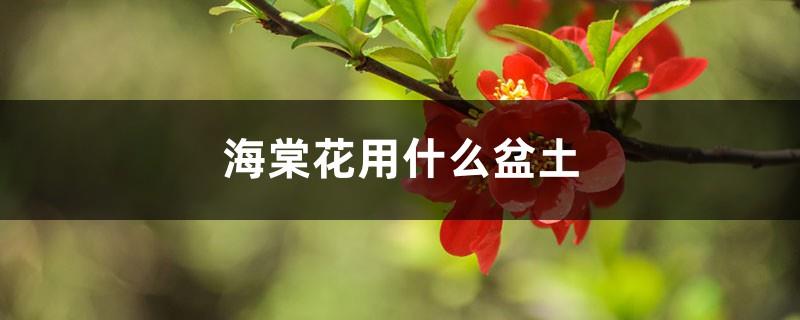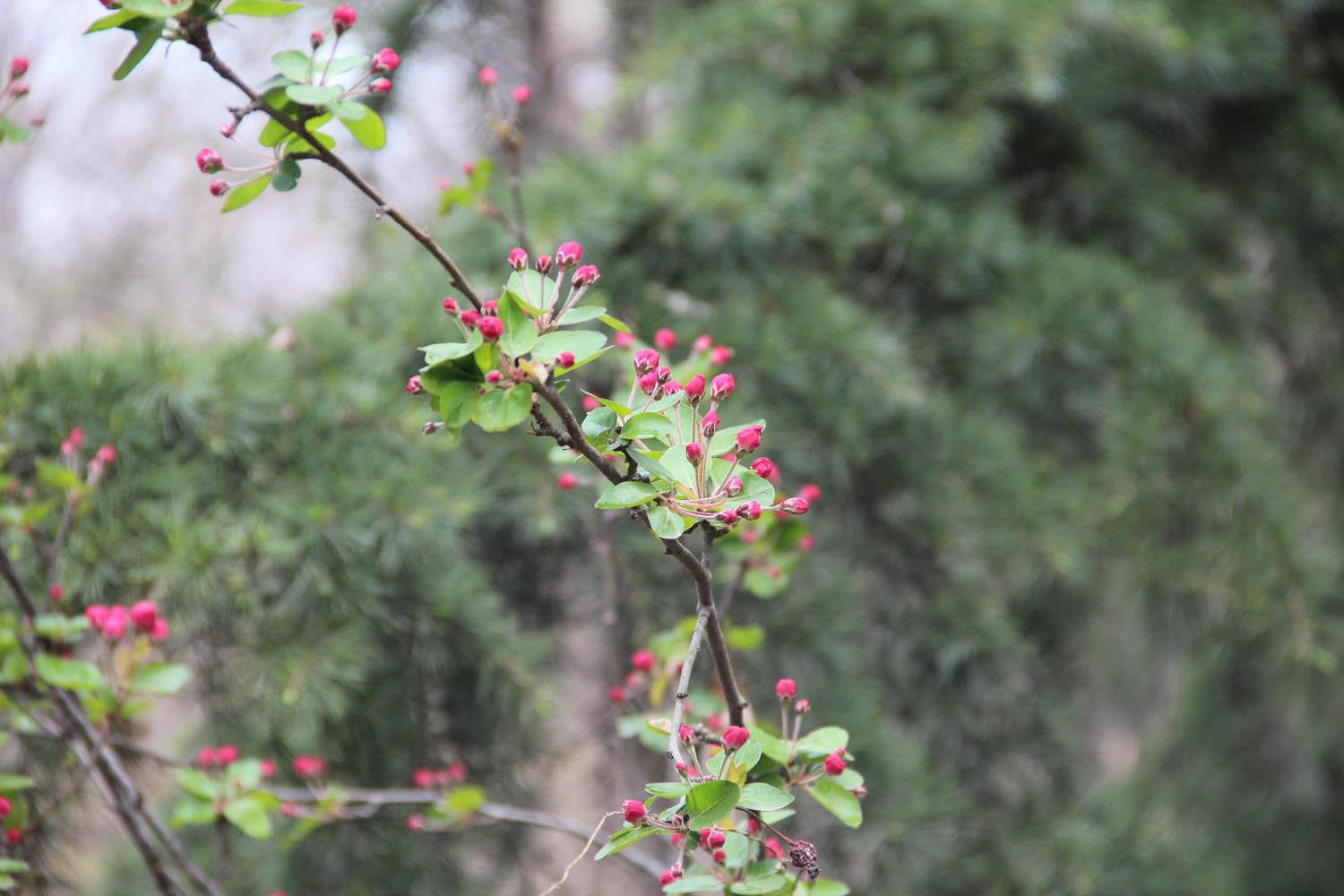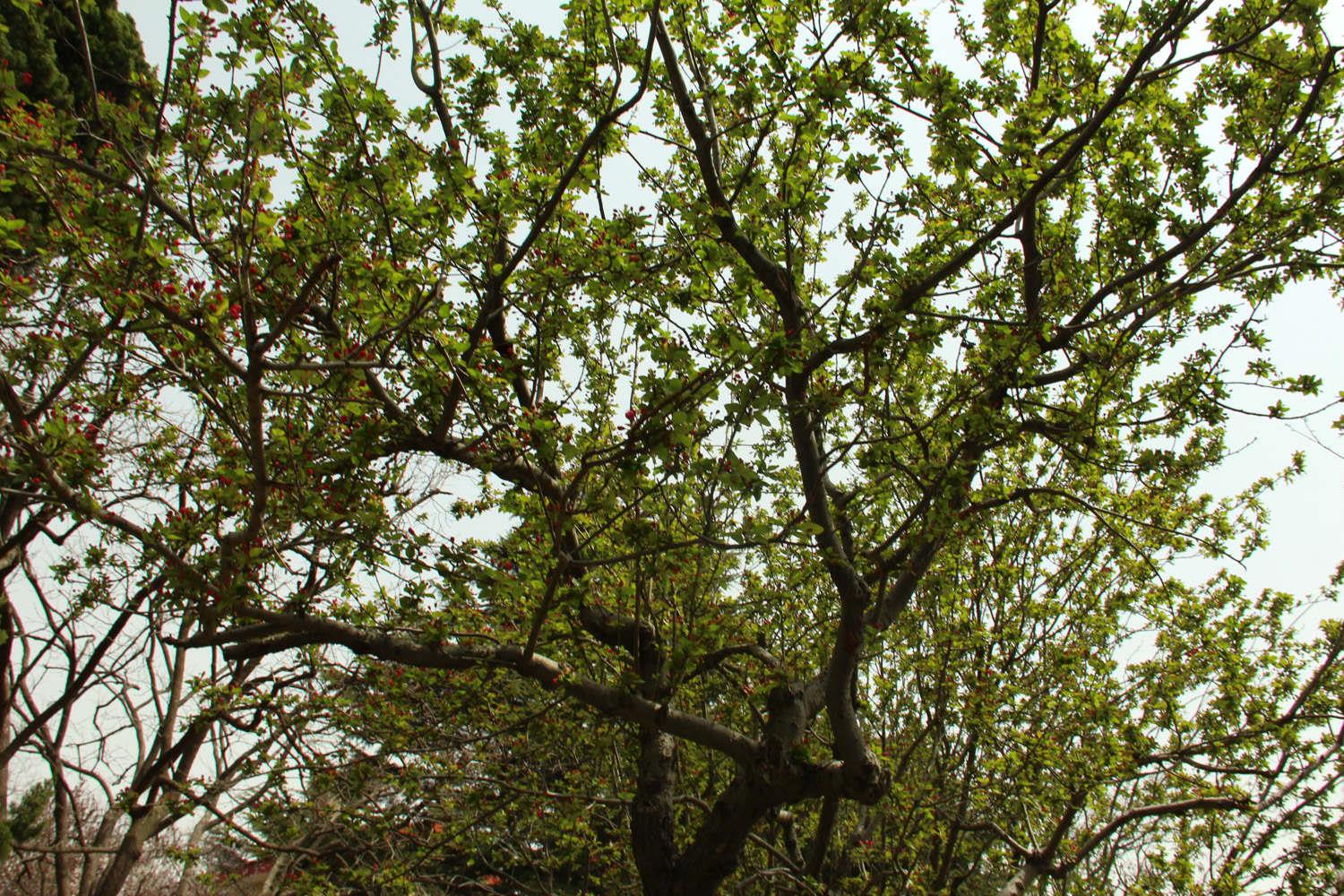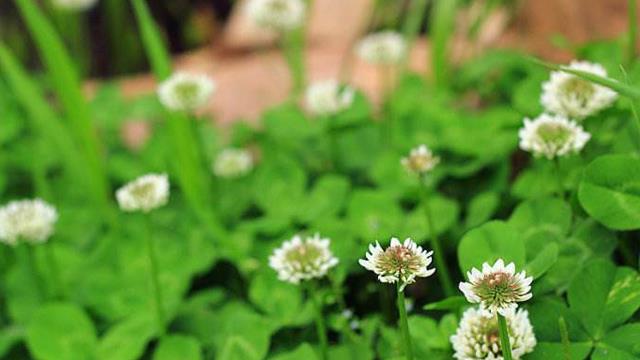What kind of potting soil should be used for begonia flowers?
Last Update :2024.10.27
Article Catalog
Selection of Begonia Flower Pots
Soil selection for Begonia flowers
Begonia flower is a traditional famous flower in my country. It has beautiful flowers and many potted plants, so it is very popular. So, how should you choose potting soil when growing begonia flowers in pots?

Selection of Begonia Flower Pots
Selection of flower pots for Begonia flowers
When cultivating Begonia flowers, you must choose flower pots reasonably and use flower pots with suitable material and volume. The growth of Begonia flowers will be fine.
The tile basin is economical, practical and has good water permeability. But it is easy to break. Plastic pots are lighter and more durable, but have poor water and air permeability. If the plants are not resistant to water and moisture, plastic pots are not suitable. It is more beautiful to grow flowers in porcelain pots, but it is difficult to master the method of watering and fertilizing, and it is easy for the plants to die.
When choosing a flower pot, generally choose a flower pot with a diameter of about 15cm. Note that during the breeding process, the pots should be changed as the plants grow and replaced with larger flower pots.
When changing pots, you should pay attention to the fact that the plants should be covered with some soil, and when planting begonia flowers, do not plant them too deep.

Soil selection for Begonia flowers
When cultivating flowers, there are many materials to choose from when arranging the soil, such as garden soil, leaf mold soil, river sand, etc., which are all good cultivation soils. However, it is generally necessary to mix and configure several different soils to achieve better results.
When cultivating begonia flowers, the soil is usually mixed with leaf humus soil, peat soil and coarse sand, and a little base fertilizer is added.

Soil selection for Begonia flowers
- END -
Kangaroo flower cultivation method

Soil: To grow kangaroo flowers, use sandy soil with strong drainage. Moisture: Kee...
How to identify white clover

Stem: creeping on the ground, hairless. Leaves: obovate or obcordate, slightly con...